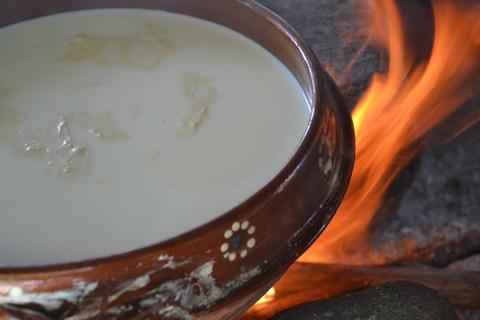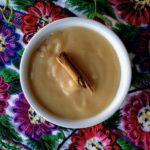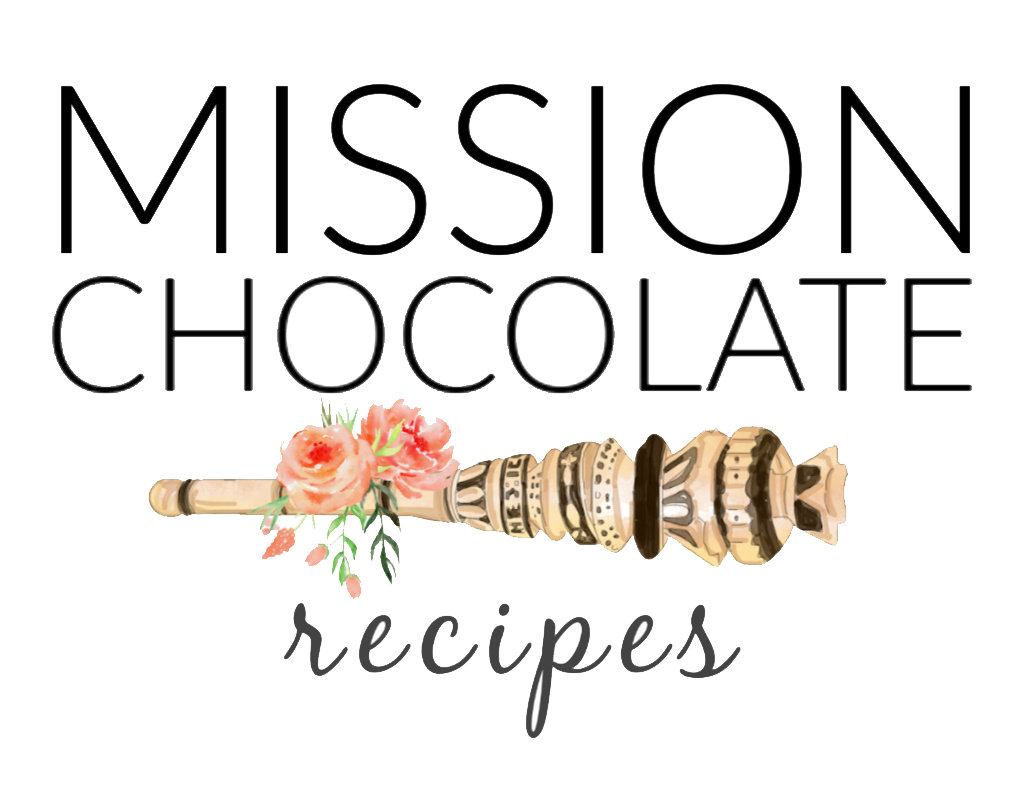A dulce de leche history and recipe
I have been eating my way through Latin America for most of my life. It all began in Los Angeles, California, which in most aspects, is the most northern part of Latin America. It is where I learned to eat churros, arroz con leche and dulce de leche. Then I spent some of my university life in Mexico and Cuba, where I was introduced to different versions of these sacred desserts, and currently, I am living in Brazil and feel that the more I visit other countries, the less I know about what I think I know.
Now that I am living next to Argentina, the country that claims to have invented dulce de leche, I am completed inspired to find the real roots of this candy.
Depending what country you are in, you find it by different names:
Dulce de leche: Mexico, Central America, Argentina, Paraguay, Uruguay, Spain, Philippines, Puerto Rico
Arequipe: Colombia, Venezuela
Manjar: Peru, Ecuador, Bolivia, Chile
Doce de leite: Brazil
Depending on the country, it can be used as a spread for bread and cakes, as a filling for churros or crepes, a cookie center, topping on ice cream, or cut into squares. All of the recipes begin with cows milk and sugaar. Not to be confused with Mexico’s famous goat’s milk caramel, cajeta.
And food laws in Colombia state that any caramelized milk/sugar mixture is arequipe or dulce de leche. If you add flour or cornstarch, it is a manjar.
Although most Latin countries think they invented this milk caramel, the art of refining sugar from cane happened in India 2,500 years ago. And milk has long been the star ingredient in Hindu desserts – milk and sugar had been cooked together since around 400 BCE.

Europeans found sugar around the year 1000 in what is now the Syrian coast and it would take 200 years for Italians to dominate sugar trade in Europe. Up until the 1400’s sugar cane was only planted in the Mediterranean and managed by Italian companies. Then the Portuguese planted cane on their new island, Madeira. But up to this point, climate was never ideal. Christopher Columbus, supported by the Portuguese, realized that tropical islands were optimal for this crop. First it was planted on Sao Tome and finally in Brazil by the 16th century. Until today, Brazil dominates sugar production in the Americas.
Some interesting facts that I am collecting to help the Argentines prove their stance on inventing the modern version of dulce de leche :
1502- First Europeans arrive in Argentina
1550’s- Cattle are brought to Argentina
1550’s- There are 800 sugar mills in Santa Catarina, Brazil- neighboring Argentina.
The recipe along with the ingredients would have had to be brought from Europe, so at the time the Europeans begin to show up in Argentina, a few years later also comes the cattle for the milk and nearby is already a large sugar industry.
1829- Argentina claims dulce de leche is born near Buenos Aires. Created by a servant who accidentally left milk and sugar to boil (instead of only heating it to use with coffee).
At the same time you had sugar cane planted in Brazil, you had European migration into Argentina and large amounts of land allotted for cattle farming. Europeans already had knowledge of using and loving sugar, and now they had a lot of milk available to them. Like India, Argentina found itself with a lot of milk and needed to preserve it somehow, without refrigeration. Aside from making cheese, or boiling the milk for drinking up to a few days later – caramelizing was the other way to preserve it.
Because India has continuous hot climate, milk had to be reduced to its fat and protein, removing all water content- it can resemble a sticky powdered milk. Argentina is a cool climate and can afford the boiled milk candy to retain some of its moisture, or in other words, the milk did not have to be reduced to its solids. The dulce de leche we recognize now would spoil quickly in India.
And there is no argument that Argentina makes the best quality dulce de leche, I would give them all the credit if it were up to me. All the proof I have found points to Argentina as the inventor of modern day dulce de leche.
There are many ways to make this famous caramel at home. You can use whole milk, fresh milk, heavy cream, canned milk, sweetened condensed milk, or powdered milk. And any combination of all these. Once the mixture begins to look darker and thicker, it is up to you when you want to stop cooking. The longer you cook, the thicker it will get. The longer you cook it, the more you risk it crystallizing.

In Mexico, dulce de leche is allowed to crystallized and thicken so it can be cut into squares when it cools. It’s not a bad thing, it is a preference thing.

Optional ingredients for any of these recipes: vanilla, cinnamon stick, baking soda, salt.
The likelihood you will crystallize (turn grainy) your dulce de leche is 86%, or higher. You need to practice. If it turns grainy, you can use an immersion blender to remove some of the sugar crystals then sieve into a glass jar to store if necessary.
Print
Dulce de Leche with whole milk
- Total Time: 10 minute
- Yield: 1/2 liter 1x
Description
This method of making dulce de leche, with whole or fresh milk, results in the best quality. But it is the most finicky and can turn grainy or burn easily. But don’t give up, keep trying if at first it doesn’t turn out.
Tools: medium pot, wooden spoon
Ingredients
- 4 cups (1 liter) of fresh milk or whole milk
- 1.5 cups (300 grams) of sugar (can be white or mixture of white and brown)
- 1 small cinnamon stick (ceylon)
- 1/2 teaspoon of baking soda (not required but makes it darker)
Instructions
- Boil milk, sugar and cinnamon stick on medium for 1-2 hours. Add baking soda about an hour into it if you want the color to darken. This batch below did not have baking soda.
- Prep Time: 10 minutes
- Cook Time: 1 horu
- Category: caramelize
- Method: boil






